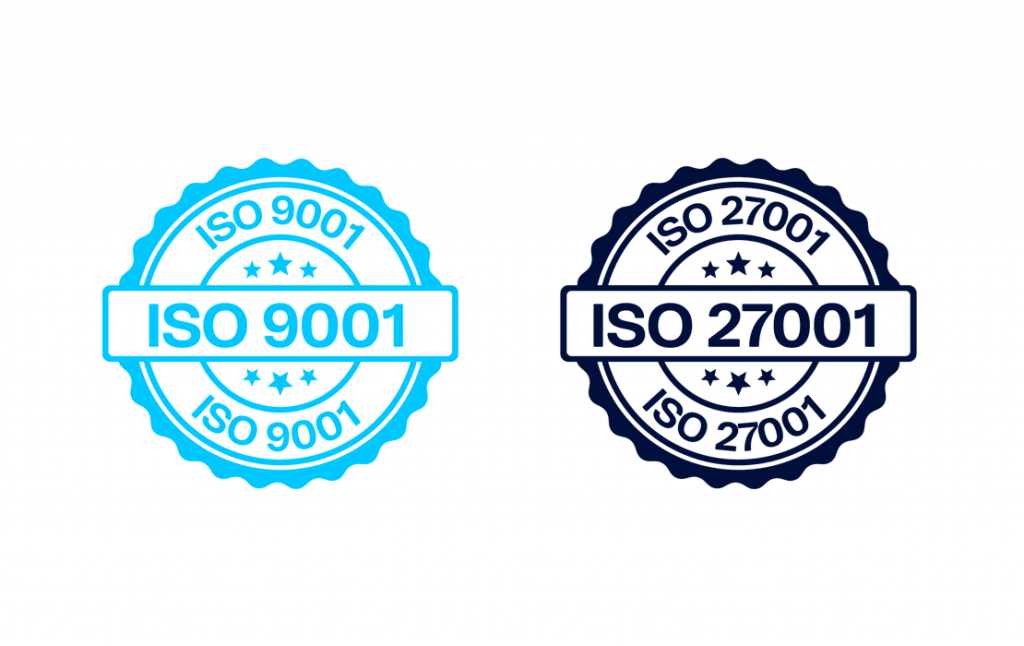The IoT is enabling new possibilities for industries across the globe, and the logistics sector is no exception. Cold chain monitoring is just one example of how businesses are using connected devices and real-time data to optimize cargo conditions, streamline operations, reduce costs and improve safety.
But the possibilities extend far beyond cold chain monitoring. Discover how IoT is transforming various industries by exploring our collection of IoT use cases across transport & logistics, manufacturing, smart cities and utilities. See how businesses are utilizing connected technology to achieve real world results.
9.2million in 2026
7-15%
of all foods spoiling during transit
With user safety at stake and between 7% and 15% of all foods spoiling during transit, the appetite for investment in cold chain tracking is substantial, especially following the recent implementation of the Food Safety Modernization Act in the US. Worldwide revenues from food cold chain track and trace alone are set to exceed US$7 billion by 2032 with shipments of remote tracking systems that utilize cellular or satellite connectivity for refrigerated cargo and cargo containers expected to reach 5.1 million units in 2026
Cold chain management systems enable full insights into the temperature status of a cargo from start to finish with some systems adding information such as velocity and shock to add further value. It is the accurate reporting of the temperature of the cargo that has the highest value and underpins investment in the technologies and services that support cold chain asset tracking.
By utilizing cellular and satellite connectivity, cold chain asset tracking can be assured across the surface of the planet, regardless of whether tracked goods are on ships, trucks, in warehouses or at their final destinations. The ubiquitous access to connectivity means users can set the intervals at which temperature sensor data is reported according to the sensitivity of the cargo. Vaccine cold chain management during the pandemic, for example, demanded continuous low temperatures and these were assured with regular cold chain monitoring. Other substances have less stringent demands, such as fresh produce not being exposed to excess temperatures for a specific length of time.
Preserving the end-to-end cold chain is a complex task that can cross borders, involve multiple modes of transport and bring together different service providers at each stage of chain. The ability to unify cold chain data for sensitive use cases, such as pharmaceutical cold chain management, is one challenge that needs to be addressed in order to provide a consistent, easy-to-understand set of data but the complicated connectivity needs of a product that is containerized and shipped across the world before being delivered by truck and ultimately local van to its final destination should not be underestimated.
It is ideal to minimize the number of technologies utilized in order to save costs and simplify management but in this scenario, cellular connectivity would be needed from the factory to the port, satellite capacity required while on the ocean, and further cellular connectivity needed to assure the cold chain status of the onward delivery. Robust global cellular and satellite connectivity is a key demand of cold chain tracking.
Cold chain management comes at a cost but this can be outweighed by the benefits it provides. These include:
The cold chain relies on the integration of satellite, cellular and local connectivity such as Bluetooth Low Energy or Wi-Fi. The chain starts from the point of manufacture and ends at the delivery to the consumer so every step must encompass access to connectivity. Telenor’s Managed Connectivity Services offer full global IoT connectivity that supports all types of cellular connectivity from 4G LTE and 5G to low power wide area options like NB-IoT and LTE-M. These provide the foundation for scalable, reliable and transformative cold chain monitoring.
Integration with satellite and the hyper-local connectivity available in warehouses, for example, creates a seamless end-to-end experience and Telenor IoT’s Connectivity Management Platform supports the implementation of large-scale deployments such as cold chain monitoring which involve high volumes of connected devices sharing multiple data points at frequent intervals.
As reliable cellular connections become more available the richness of data that cold chain monitoring systems can share increases. It is now possible to monitor shipments in real-time, rather than relying on periodic updates on their status and this is of increasing importance for shipments of pharmaceutical products as well as foods. The ubiquity of cellular access means that many more on-land use cases are suitable for cold chain monitoring as the costs of services are outweighed by the benefits in reduced wastage and increased consumer confidence.
Telenor IoT, with our connectivity solutions and IoT experience, understands the value that cold chain monitoring can deliver as it reduces the amount of spoiled cargo across the globe and helps streamline product delivery to customers.
Ready to simplify your IoT deployment? Talk to our connectivity experts!


